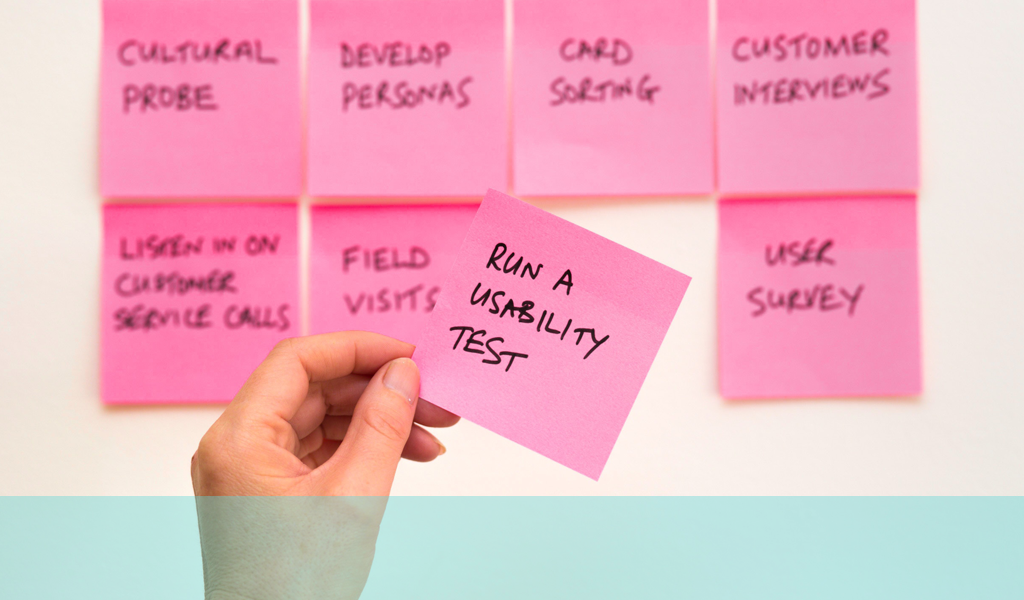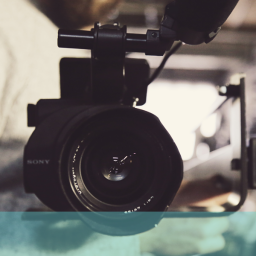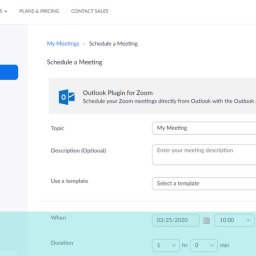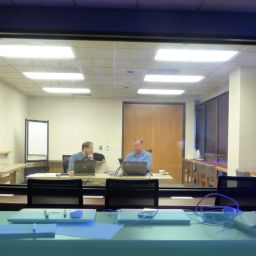
Lab-based or remote user research – Which is best for you?
To test, or not to test, that isn’t the question. Of course you should be carrying out user research on your apps and websites – that doesn’t need spelling out again, does it?
The question is: Lab or remote testing – Which should you be doing?
Lab-based user research
Lab-based user research is conducted on-site, in a special room known as a usability lab. The participants are presented with anything from a wireframe prototype, through to a live version of the website or app that is being tested, to which they are assigned a number of tasks. A moderator observes the users completing these tasks, making notes and asking relevant questions. A report is then presented to the key stakeholders (who may also sit in on the usability testing, often behind a one-way mirror), and video evidence too, which can then used to iron out flaws in UI design etc.
Remote User Research
Remote user research espouses the lab and takes the usability testing online. Once again, anything from prototypes to live releases can be put through their paces, with users from almost anywhere in the world. The participants perform tasks and answer questions regarding their experience, with analysis provided by a UX practitioner, including recommendations for improving the product’s usability.
Lab-based user research gives you comprehensive qualitative data regarding the usability of your product (website or application). Particularly of note are the benefits that observation, along with audio and visual recordings, provide, offering a richer level of results.
Remote user research offers quantitative data as well, although obviously without the observation factor. It also makes international user research a lot easier, negating the need to book lab time in the geo-locations of your targeted markets.
And that’s where the real difference between the two lies – it all comes down to cost. Lab usability testing can be a thorough way of covering all the bases regarding your digital product, but lab time is expensive, and the process can be a lengthy one, leading to a substantial financial outlay.
Remote testing is a more cost-effective solution, which doesn’t compromise on results, and offers the better option for smaller organisations and businesses.
Improve the usability of your website or app, with international user research, lab-based and remote user research. Contact UX24/7 today, and set the ball rolling!

















